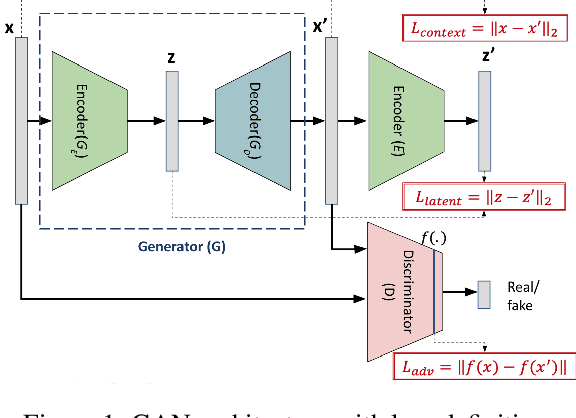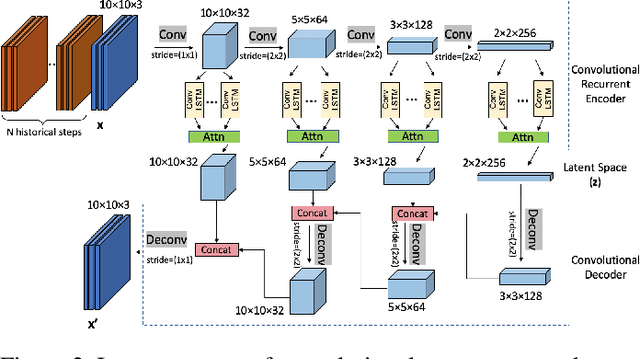Zhewen Fan
Improving Robustness on Seasonality-Heavy Multivariate Time Series Anomaly Detection
Jul 25, 2020



Abstract:Robust Anomaly Detection (AD) on time series data is a key component for monitoring many complex modern systems. These systems typically generate high-dimensional time series that can be highly noisy, seasonal, and inter-correlated. This paper explores some of the challenges in such data, and proposes a new approach that makes inroads towards increased robustness on seasonal and contaminated data, while providing a better root cause identification of anomalies. In particular, we propose the use of Robust Seasonal Multivariate Generative Adversarial Network (RSM-GAN) that extends recent advancements in GAN with the adoption of convolutional-LSTM layers and attention mechanisms to produce excellent performance on various settings. We conduct extensive experiments in which not only do this model displays more robust behavior on complex seasonality patterns, but also shows increased resistance to training data contamination. We compare it with existing classical and deep-learning AD models, and show that this architecture is associated with the lowest false positive rate and improves precision by 30% and 16% in real-world and synthetic data, respectively.
* arXiv admin note: substantial text overlap with arXiv:1911.07104
RSM-GAN: A Convolutional Recurrent GAN for Anomaly Detection in Contaminated Seasonal Multivariate Time Series
Nov 16, 2019



Abstract:Robust anomaly detection is a requirement for monitoring complex modern systems with applications such as cyber-security, fraud prevention, and maintenance. These systems generate multiple correlated time series that are highly seasonal and noisy. This paper presents a novel unsupervised deep learning architecture for multivariate time series anomaly detection, called Robust Seasonal Multivariate Generative Adversarial Network (RSM-GAN). It extends recent advancements in GANs with adoption of convolutional-LSTM layers and an attention mechanism to produce state-of-the-art performance. We conduct extensive experiments to demonstrate the strength of our architecture in adjusting for complex seasonality patterns and handling severe levels of training data contamination. We also propose a novel anomaly score assignment and causal inference framework. We compare RSM-GAN with existing classical and deep-learning based anomaly detection models, and the results show that our architecture is associated with the lowest false positive rate and improves precision by 30% and 16% in real-world and synthetic data, respectively. Furthermore, we report the superiority of RSM-GAN regarding accurate root cause identification and NAB scores in all data settings.
 Add to Chrome
Add to Chrome Add to Firefox
Add to Firefox Add to Edge
Add to Edge